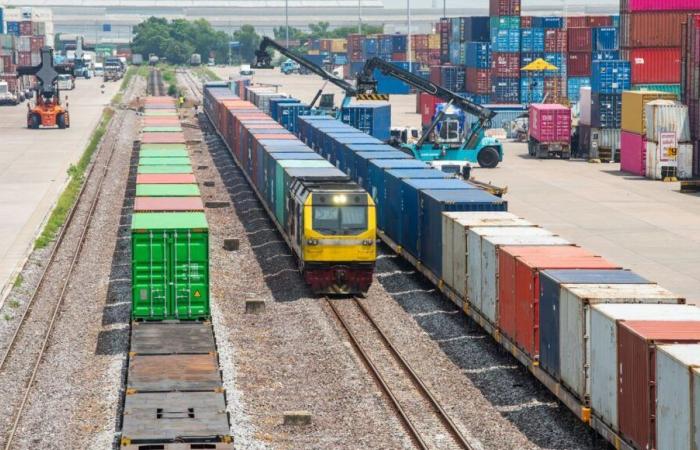Following a decision by the European Union, the State announced the disappearance of the organization Fret SNCF in January 2025, for the benefit of the creation of two separate entities. How can we explain this dismantling required by the European Union and what can we expect from such an operation? Will the resumption of SNCF goods flows by competing operators make it possible to increase rail freight in France?
The causes of the dismantling of Fret SNCF
In 2006, freight was opened to competition. De facto, the SNCF loses the operation of several profitable lines. To compensate for this, it embarked on a strategy that would prove to be a loser: it lowered its prices but reduced its offers. As a result, it is no longer able to cover its fixed costs, which leads to a spiral of debt. To deal with this situation, Patricia Perennes explains to us that: “Until 2019, the State helped Fret SNCF, with cash advances and by erasing its debt on several occasions, all for an amount of 5.3 billion euros. The Commission deemed this aid illegal, because it was contrary to the principle of competition. This is what leads us to dismantling. However, another solution was possible. The Fret SNCF company could have disappeared to be reborn in another form, which would wipe the slate clean, erase the 5 billion. However, it's not just about changing the logo, it needs to be restructured and changed.”
12:30 p.m. news Listen later
Lecture listen 15 min
The transformation of rail transport
On January 1, 2025, Fret SNCF will no longer exist. This is why the railway workers are on strike. Two structures will succeed it: Technis, responsible for the maintenance of the 728 locomotives, and Exafret for transport. The SNCF, in this area, lost 23 flows of goods which it had to cede to the competition. These are extremely important, explains Patricia Perennes:
“Flows are transport contracts with a shipper, a company which orders goods to have them transported from point A to point B. For example, for the primeurs train between Perpignan and Rungis, there is several types of activities in freight rail transport, that is, you take a train, you fill it up in a factory and you either go to another factory or to a port. There is also the isolated wagon in this. case, a locomotive will go to different shippers and put a wagon at a shipper. We reconstruct this train, which is more complex and more expensive.
Promote competitiveness
Exafret will focus on isolated wagons, a more expensive and less competitive activity for the company. The question arises of its ability to withstand the shock, without public aid. The answer is not obvious for Patricia Perennes: “We can have state aid for a sector considered beneficial. In the case of freight, it pollutes less than a truck on the roads and it is less dangerous. However, this should not be targeted at one business and the objective cannot be to save a business that is not efficient. It’s a challenge that’s not impossible. The calculation of the European Commission is to say that by doing this, we will revitalize this sector, rail freight, by making companies more competitive, by leveling the playing field for everyone. There is no objective of the European Commission to destroy rail freight in favor of trucks.“
Do you hear eco? Listen later
Lecture listen 58 min






